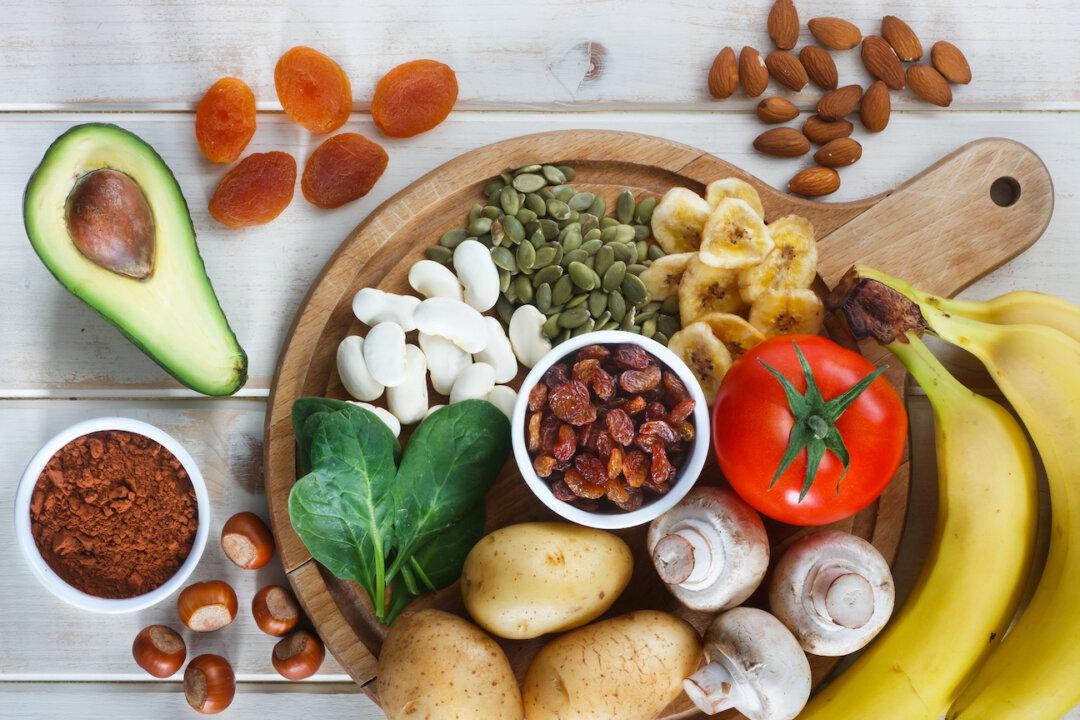STORY AT-A-GLANCE
- Nearly half—47 percent—of all Americans have high blood pressure, costing about $131 billion each year in direct medical costs
- Many who have hypertension don’t have it under control, which affects your microvascular system, triggering damage to your eyes, kidneys, heart, and sexual performance
- By ensuring that you have enough potassium in your daily diet, you may prevent hypertension or reduce your dependence on medication to control it
Hypertension comes with an annual financial burden of more than $131 billion in direct medical costs and lost work days; that doesn’t include a number of other health conditions worsened by hypertension, including kidney disease and cognitive decline.






